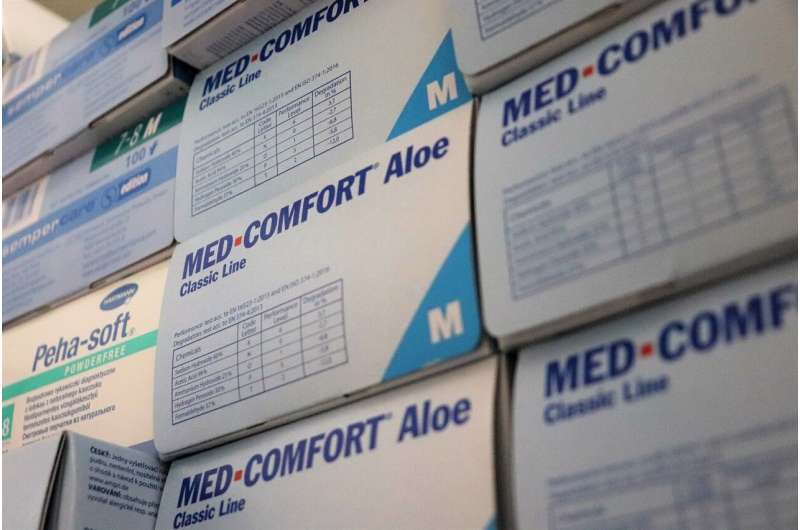This article has been reviewed according to Science X's editorial process and policies. Editors have highlighted the following attributes while ensuring the content's credibility:
fact-checked
trusted source
proofread
How supply chain management advances health care for women in rural communities

Access to health care for women in rural communities remains an urgent issue worldwide, especially in the least developed countries. While more clinics have been built in rural communities, on their own they are not enough to provide all the necessary care. The clinics need supplies of health commodities for patients, and often, those supply chains are challenged.
New research from the University of Minnesota's Carlson School of Management offers insight into the best ways to manage the supply chain for health commodities. The research is published in the journal Manufacturing & Service Operations Management.
Being mindful that inventories of health commodities, such as contraceptives, are managed by frontline health workers, professors Anant Mishra, Karthik Natarajan, and Kingshuk (KK) Sinha along with Professor Amir Karimi (Ph.D. 2020), now at the University of Texas at San Antonio, studied the availability of contraceptives in rural Senegal, a country plagued with highest level of contraceptive stock-outs in the world. The research team performed a comparative evaluation of the effect of two distribution models on contraceptive availability and examined the impact on key public health outcomes (e.g., unintended pregnancies, maternal and newborn deaths).
The common "pull distribution" model involves health facilities that are fully responsible for managing inventory, including collecting the ordered supplies from upstream warehouses. An alternative known as the "informed push distribution" model tasks external logistics providers with inventory management and product delivery to health facilities.
The study found:
- Switching to the informed push model significantly lowers the stock-outs of contraceptives by 30% at severely disadvantaged health facilities (i.e., those in remote areas with below-average inventory management capabilities), but has less impact on facilities that are not disadvantaged.
- This switch to the informed push model also leads to major public health benefits—especially in areas served by the severely disadvantaged facilities—such as reduced workload for frontline health workers, higher satisfaction among patients, more contraceptive use, and fewer unintended pregnancies and maternal and newborn deaths.
- Economically, the transition to the informed push model is both highly effective and cost-efficient for severely disadvantaged facilities.
"The study has broader implications for access to medical services in rural areas, considering recent closures of rural hospitals and growing concerns about the adverse impact on health care access and community health," said Natarajan.
Mishra further notes, "Telehealth has been proposed as a way to mitigate those concerns, but patient adoption is a challenge. Our findings could be valuable in evaluating the costs and benefits of alternate approaches to improve access in rural areas such as telehealth and mobile clinics."
Sinha believes that "this study demonstrates how the principles of supply chain management can be used to enable and empower frontline health workers to deliver uninterrupted care in rural communities."
More information: Amir Karimi et al, Toward Advancing Women's Health in Least Developed Countries: Evaluating Contraceptive Distribution Models in Senegal, Manufacturing & Service Operations Management (2024). DOI: 10.1287/msom.2021.0488



















